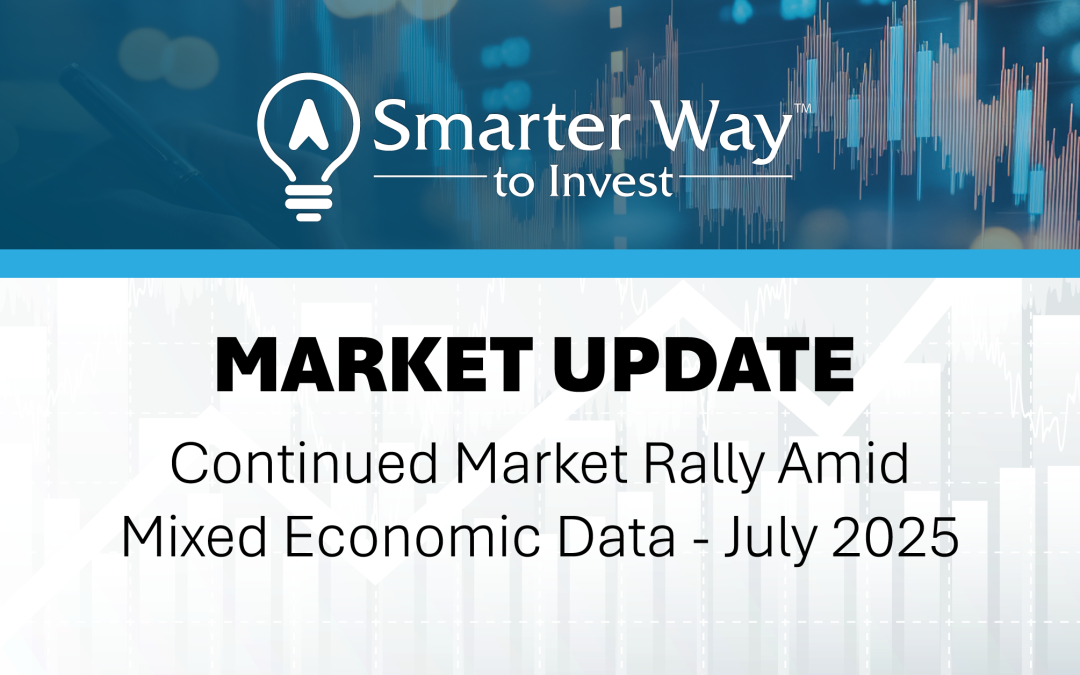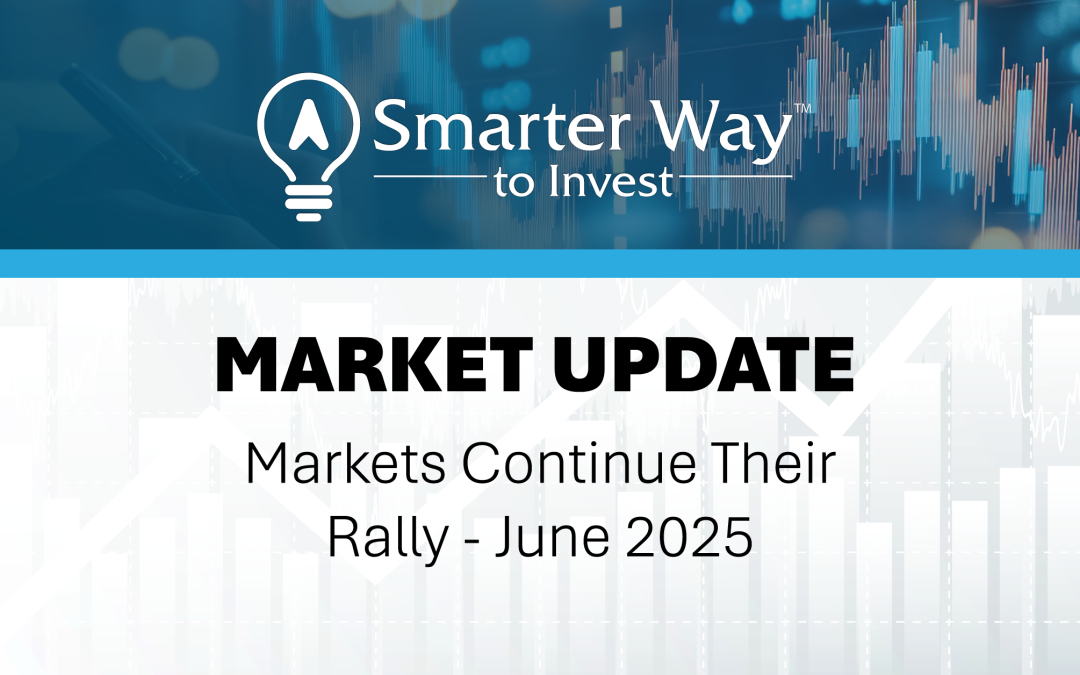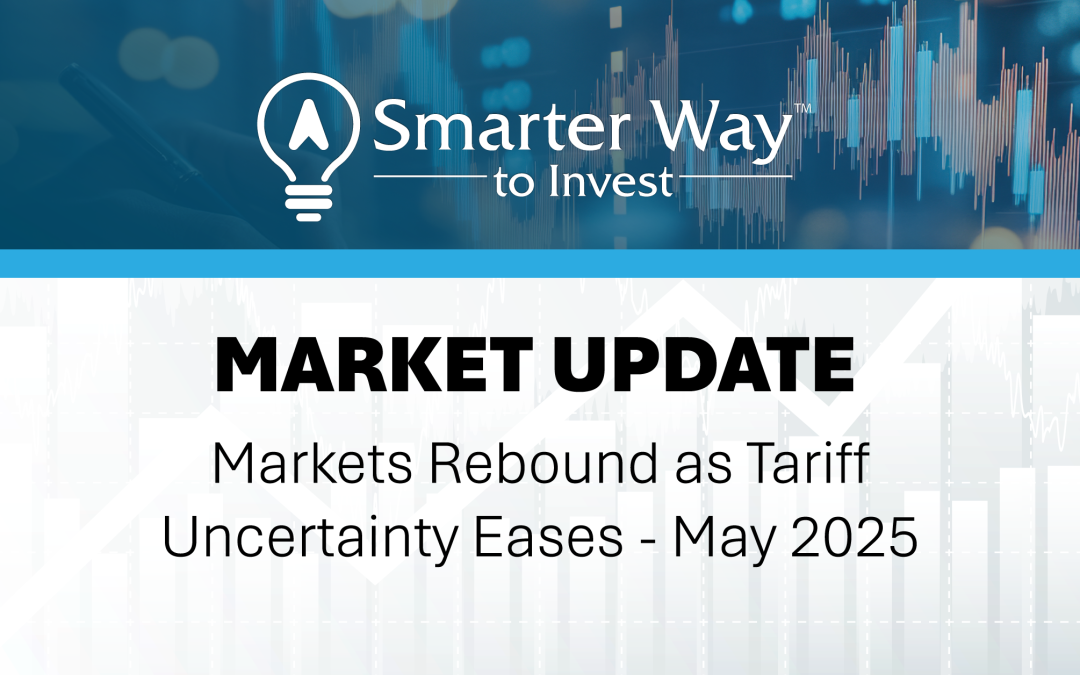
Markets endured unprecedented volatility in April, driven by the Trump administration’s sweeping tariff policies and a subsequent partial reversal that sparked historic swings. The S&P 500 fell 0.76% for the month, the Dow Jones Industrial Average dropped 3.17%, while the Nasdaq-100 gained 1.52%, reflecting a turbulent response to trade war fears, though closing out the month with a brief reprieve. A 10% baseline tariff, which escalated to a 145% rate on China, triggered a two-day market collapse of over 10% on April 3rd and 4th, followed by a 9.5% S&P 500 rebound on April 9 after a 90-day tariff pause was announced. With the 10-year Treasury yield climbing to 4.48% and GDP contracting by 0.3% in the latest report, investors face a precarious landscape as global trade negotiations unfold.
“Throughout these tariff policy developments, the U.S.-China trade conflict intensified, amplifying global market unease. Trump’s decision to raise tariffs on Chinese imports to 145% prompted China to retaliate with 125% tariffs on U.S. goods – targeting agriculture, tech, and autos. This ‘tit-for-tat’ escalation fueled fears of a prolonged trade war.”
April’s market rollercoaster was dominated by President Trump’s trade policy announcements, which oscillated between aggressive escalation and unexpected reprieves. On April 2, dubbed “Liberation Day,” Trump unveiled a 10% baseline tariff on all imports, with reciprocal rates of up to 50% for 60 countries, including 20% on the European Union (EU), 24% on Japan, and 34% on China. The announcement, far broader than anticipated, sparked a historic sell-off, with the S&P 500 plummeting 10.73% to below 5,000. The CBOE Volatility Index (VIX) spiked to 52.33, it’s highest reading since March 2020, reflecting intense market fear.
The tides turned on April 9, when Trump posted on Truth Social, announcing a 90-day pause on reciprocal tariffs (except for China, whose rate was raised to 125%, totaling 145% with the baseline). Markets erupted, with the S&P 500 soaring over 9.00%, its best day since 2008 and the Nasdaq-100 surging over 12.00%, its second-best day ever. Despite this rally, volatility persisted – by month-end, the S&P 500 was still down 0.76%, the Dow -3.17%, and the Nasdaq-100 up 1.52%, underscoring the market’s struggle to stabilize. Trump’s May 4 announcement of a 100% tariff on foreign movies [1] further rattled sentiment, contributing to the S&P 500’s 0.64% drop from to 5,650.38 on May 5, snapping a nine-day win streak.
Throughout these tariff policy developments, the U.S.-China trade conflict intensified, amplifying global market unease. Trump’s decision to raise tariffs on Chinese imports to 145% prompted China to retaliate with 125% tariffs on U.S. goods – targeting agriculture, tech, and autos. This ‘tit-for-tat’ escalation fueled fears of a prolonged trade war. Treasury Secretary Scott Bessent claimed the tariffs gave Trump ‘maximum negotiating leverage,’ with over 75 countries entering trade talks, and China’s Commerce Ministry signaled openness to negotiations by late April, offering a glimmer of de-escalation.
Tariff-induced uncertainty led to sharp downgrades in U.S. economic forecasts. JPMorgan projected a -0.3% GDP contraction for 2025 (down from +1.9%), with unemployment rising from 4.2% to 5.3%. Goldman Sachs briefly raised its recession probability to 35% on April 9 before revising 2025 GDP growth down from 1.5% to 1.3% after the tariff pause. The Q1 GDP report, released April 30, showed an annualized contraction of -0.3%, down from 2.4% in Q4 2024, driven by a record U.S. goods trade deficit as imports surged pre-tariff implementation.
Companies appeared to further prepare for negative economic headwinds as March jobless claims jumped 18,000 to 241,000 – more than the 225,000 analysts projected.[2] However, consumer spending remained robust, which may help bolster corporate earnings, creating more uncertainty in the economic outlook.
The Federal Reserve maintained its federal funds rate target at 4.25%–4.50% in its most recent meeting on May 7th, emphasizing continued caution amid inflation and growing economic uncertainty. The Fed noted increased risks of both higher unemployment and rising inflation. Despite earlier market expectations of multiple rate cuts in 2025, the Fed’s current stance suggests a more patient and data-dependent approach. The Committee reiterated its commitment to achieving 2% inflation over the long run and will continue reducing its balance sheet. Markets are now pricing in only one rate cut by the end of July, as policymakers weigh mixed signals from inflation data, global trade dynamics, and domestic growth resilience.[3]
Corporate earnings appear to be following suit with the negative trend of the overall economy, as analysts have been cutting S&P 500 earnings estimates more aggressively than usual, largely due to concerns over tariffs and a potential economic slowdown. In April, Q2 2025 EPS estimates were reduced by 2.4%, a larger drop than the typical 1.6%–1.9% downward revision in analyst estimates on average. Nine (9) of the 11 major sectors saw earnings downgrades, with Energy taking the biggest hit. Full-year 2025 estimates were also lowered by 3.1% since December. Communication Services and Utilities were among the few sectors with rising estimates.[4]
The bond market reflected the volatility seen in equities, with the 10-year Treasury yield climbing from 4.23% to an intra-month high of 4.48% in April, fueled by inflation concerns and unconfirmed speculation that China may have been selling U.S. Treasuries. Long-term Treasuries suffered sharp losses, with the iShares 20+ Year Treasury Bond ETF (TLT) dropping over 3% on April 7th and more than 2.75% on April 10. Yields briefly dipped back to 4.00% on April 4th amid recession fears but quickly rebounded following a pause in tariffs. The yield curve steepened, putting pressure on bank stocks—evidenced by the S&P Banks Index’s 7.27% decline on April 4th – as expectations for rate cuts diminished. By month-end, yields had moderated to 4.17%. This volatility highlighted the market’s growing uncertainty around inflation and the Fed’s policy path. As we move ahead, investors will be closely following the Trump administration’s trade policies for insight into how the broader economic and market outlook will unfold.
[1] https://truthsocial.com/@realDonaldTrump/posts/114452117143235155
[2] https://apnews.com/article/unemployment-benefits-jobless-claims-layoffs-labor-bfac62e6ed38b60169465cd6982e5bb6
[3] https://www.federalreserve.gov/newsevents/pressreleases/monetary20250507a.htm
[4] https://insight.factset.com/analysts-making-larger-cuts-than-average-to-eps-estimates-for-sp-500-companies-for-q2
Download The Full Market Update
~Diligently Yours,
Your Smarter Way Portfolio Management Team
Please note this is for information purposes only and should not be construed as investment advice or recommendations made by A Smarter Way to Invest. Please contact your Advisor if you have any questions about this market update report or if you would like to discuss your personal financial situation in more detail.




